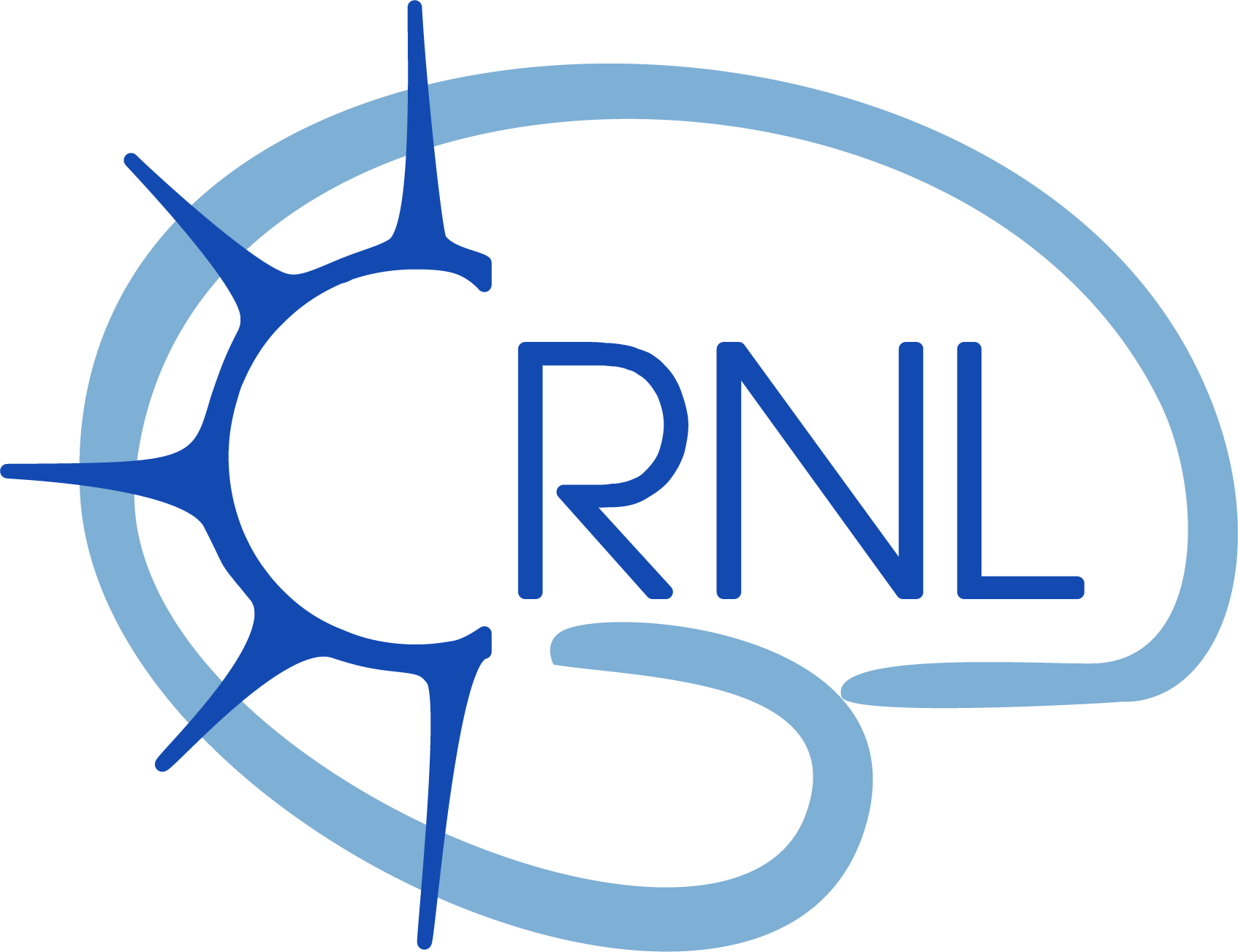Predictors of Speech-in-Noise Understanding in a Population of Occupationally Noise-Exposed Individuals
Résumé
Understanding speech in noise is particularly difficult for individuals occupationally exposed to noise due to a mix of noise-induced auditory lesions and the energetic masking of speech signals. For years, the monitoring of conventional audiometric thresholds has been the usual method to check and preserve auditory function. Recently, suprathreshold deficits, notably, difficulties in understanding speech in noise, has pointed out the need for new monitoring tools. The present study aims to identify the most important variables that predict speech in noise understanding in order to suggest a new method of hearing status monitoring. Physiological (distortion products of otoacoustic emissions, electrocochleography) and behavioral (amplitude and frequency modulation detection thresholds, conventional and extended high-frequency audiometric thresholds) variables were collected in a population of individuals presenting a relatively homogeneous occupational noise exposure. Those variables were used as predictors in a statistical model (random forest) to predict the scores of three different speech-in-noise tests and a self-report of speech-in-noise ability. The extended high-frequency threshold appears to be the best predictor and therefore an interesting candidate for a new way of monitoring noise-exposed professionals.
| Origine | Fichiers éditeurs autorisés sur une archive ouverte |
|---|---|
| licence |


